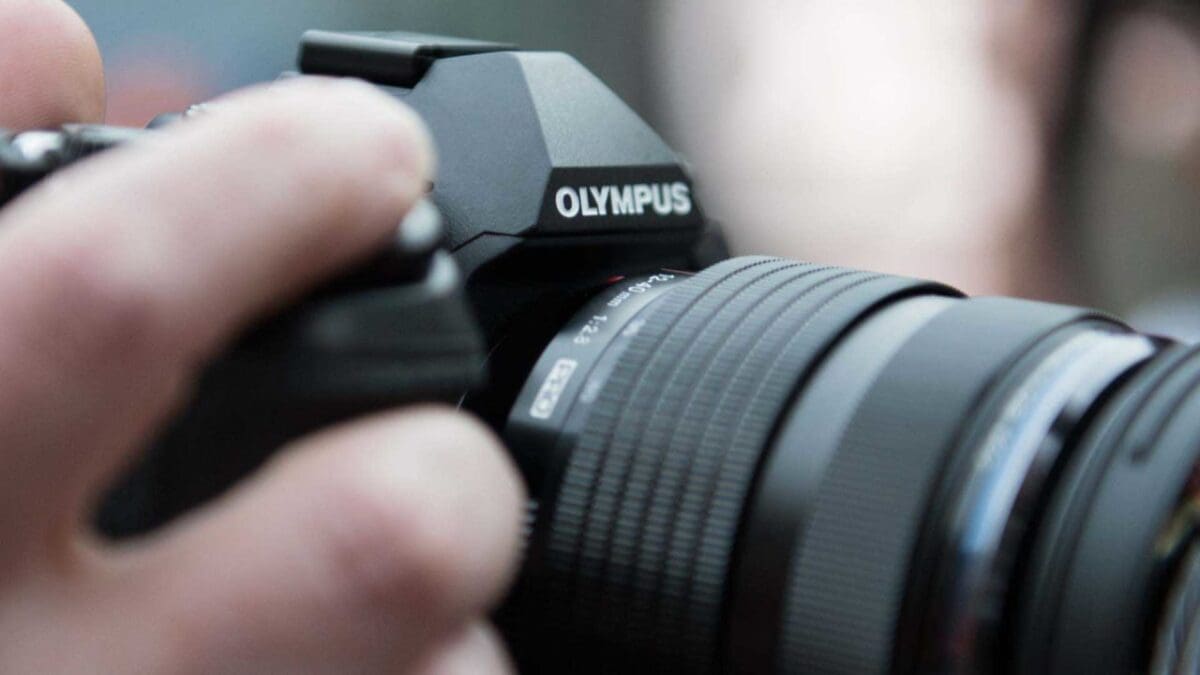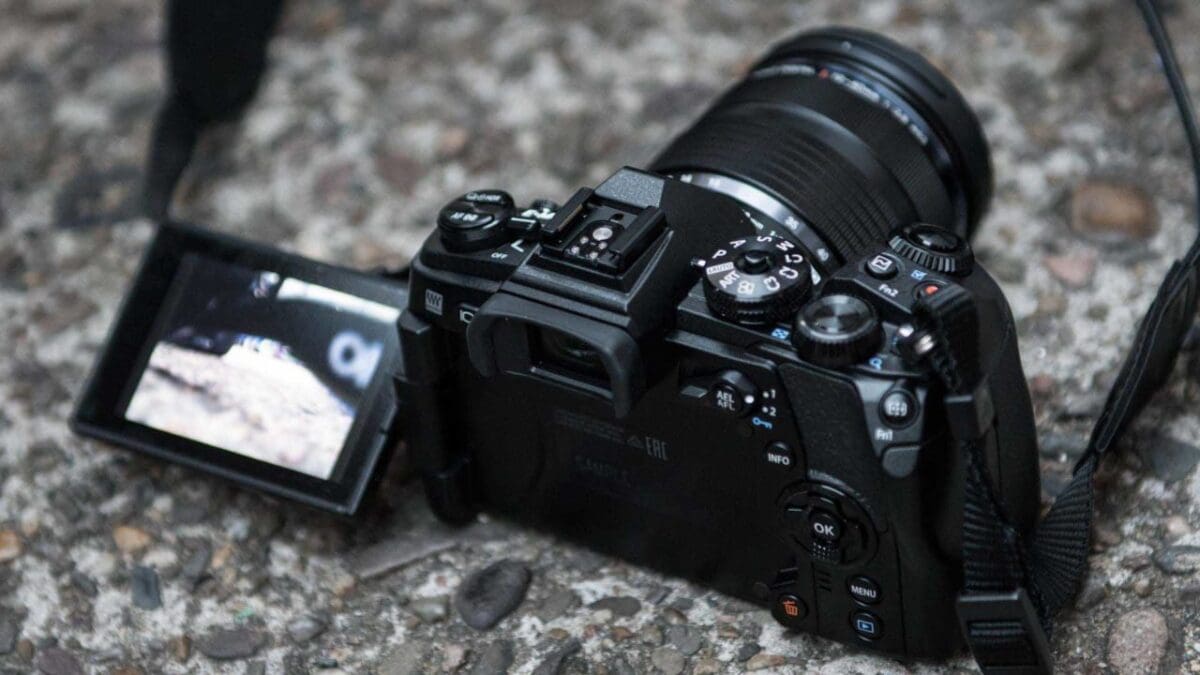One of the most exciting announcements (at least for ordinary photographers without 10k to splash on a medium format Fuji) at Photokina 2016 was the Olympus OM-D E-M1 II. The company says that it has changed everything about the inside of the camera, and it’s fair to say that it has some seriously impressive specs. But just how does it compare with its predecessor? We take a look at some of the key differences between the two models in this Olympus OM-D E-M1 II vs OM-D E-M1 comparison.
Olympus OM-D E-M1 II vs OM-D E-M1: sensor
The older camera has a 16.4MP Four Thirds sensor, while the new model has been upgraded to a 20.4MP sensor. Olympus is saying that 20MP is the best compromise for high image quality – we’ll see how long that stance lasts, but it’s the highest resolution that any Four Thirds sensor currently offers.
Olympus OM-D E-M1 II vs OM-D E-M1: processor
It’s one step up for the new camera, which is now equipped with a True Pic VIII sensor, compared with the True Pic VII of the older model. This new processor is double quad-core and facilitates some of the seriously fast speeds that the Mark II boasts.
Olympus OM-D E-M1 II vs OM-D E-M1: frame rate
This was the specification that wowed us most at the show. The OM-D E-M1 II can shoot at an incredibly impressive 18fps at full resolution raw format with continuous autofocus. You can even go all the way up to 60fps if you use single AF from the first frame – and that’s still at full resolution raw. By comparison the older model’s 10fps capability looks possibly sloth-like.
SEE MORE: Hands-on Olympus OM-D E-M1 Mark II review

Olympus OM-D E-M1 II vs OM-D E-M1: EVF
On paper, the specs for the EVFs in both cameras look pretty similar. They’re both 2.36m dot devices with 1.48x magnification. However, Olympus told us that the EVF was redesigned to cope with the fast frame rate and it can now offer continuous live view even when shooting at 18fps. We’ll be looking to confirm just how well that works when a full production sample is available.
Olympus OM-D E-M1 II vs OM-D E-M1: focusing
The focusing system for the E-M1 II is completely new according to Olympus. Coverage across the frame has been increased by 81% and it now features 121 all cross-type AF points, with on-chip phase detection points. Functionality is said to be improved for focus tracking and detection, too. The E-M1 had 81 focus points.
SEE MORE: Olympus OM-D E-M1 Mark II Vs the Canon EOS M5
Olympus OM-D E-M1 II vs OM-D E-M1: image stabilisation
The new 5-axis image stabilisation system now offers an incredible 6.5EV stops of compensation. That equates to shooting for 2-seconds handheld and still getting a sharp image – simply wow. By contrast, the older camera offered up to 4 stops of compensation.
Olympus OM-D E-M1 II vs OM-D E-M1: video
Olympus is keen to point out that the E-M1 II is seen by them as a stills camera, with a “bit” of added video functionality. However, it has 4K video shooting, including cinema 4K at 30 or 24fps. That’s not bad for something which considers video to be an add-on. The E-M1 had full HD (1080p) video recording.
SEE MORE
Olympus’ new optical image stabilisation system lets you shoot handheld for 2secs

Olympus OM-D E-M1 II vs OM-D E-M1: design
Outwardly, Olympus has kept the design of the two cameras almost identical. Both the cameras are splashproof, dust proof and freeze proof. But one interesting new design addition is dual SD card slots – which are compatible with the faster UHS-II memory cards. By contrast, the older camera had just one slot, which was compatible with UHS-I cards.
SEE MORE
Olympus changed everything about the E-M1 II on the inside but kept the outside the same
Olympus OM-D E-M1 II vs OM-D E-M1: battery life
The older camera had a battery life of around 350 images. We don’t have official figures for the new battery, but we know that it is “significantly” more, and what’s more it takes less time to charge. Also, Olympus has added remaining battery life display to the screen after much feedback from existing users.
READ MORE
Hands-on Fuji GFX 50S review
Hands-on Sony Alpha 99 Mark II review



